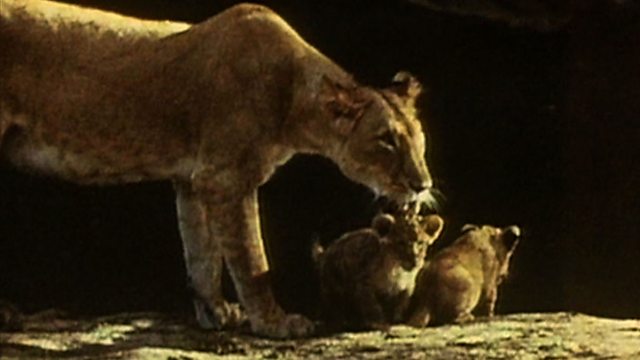

Meru National Park covers 1,800 sq km, and is the core of an ecosystem that includes Kora, Bisandi, North Kitui and Rahole Reserves, an additional over 5,000 sq km of wilderness. Joy Adamson Elsa the lioness II pencil 9 x 13 in (24 x 33.7 cm).


There are 14 rivers running through the park.įrom the park it is easy to do game drives into Bisaniadi Reserve and meet the Malka cultural group, showcasing the rich Borana heritage. In early 1961, Elsa became sick and died. In Adamson's two sequels to Born Free Living Free and Forever Free she writes about Elsa's cubs: Jespah, Gopa, and Little Elsa. Documentary In the 1960s, Born Free captured the worlds imagination with the story of Elsa, an orphaned lioness who was taken in by George and Joy Adamson and returned to a life in the wild. Both Joy Adamson and Elsa the lioness are buried in Meru National Park. Elsa the lioness was a female lion raised along with her sisters 'Big One' and 'Lustica' by game warden George Adamson and his wife Joy Adamson after they were orphaned at only a few days old. Elsa's story in Born Free ended with the news that the lioness had three cubs of her own. George Adamson continued to work with lions, living to the south of Meru National Park, until his death in 1989.
Elsa the lioness movie#
They wrote a book about their experience which was made into a feature film Born Free – a ground breaking movie the first to depict wild animals as endearing creatures, whose plight the audience could sympathise with. The park was made famous in the 1960s by Joy and George Adamson, who reintroduced their beloved lioness Elsa into the wild in Meru National Park. Where once elephants hid at any sound, there was now a herd by the roadside splattered in the red dust of Meru, and rhino grazing on the plains. The park has had the largest translocation of animals - 1,750 relocated over a period of five years.


 0 kommentar(er)
0 kommentar(er)
